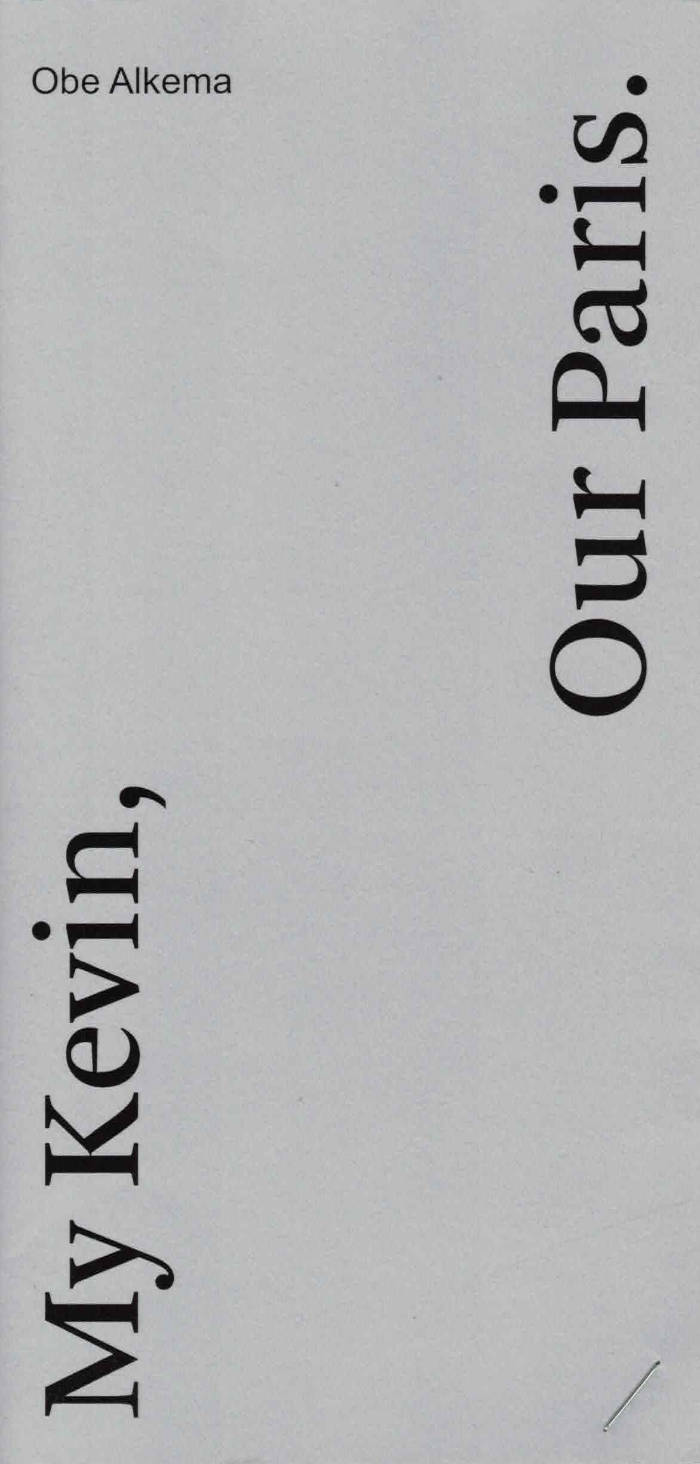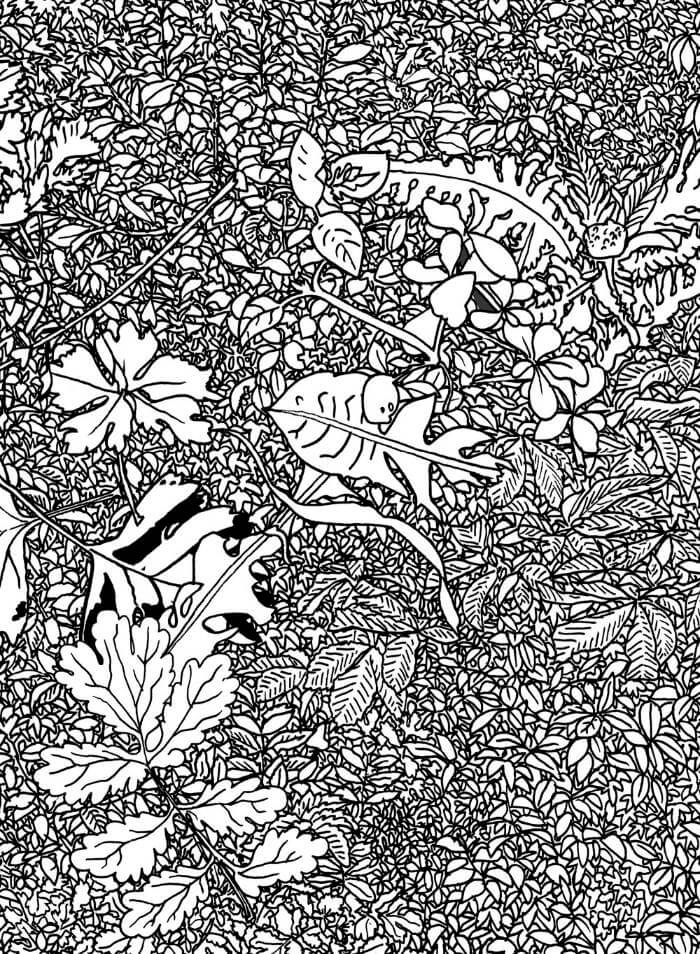
Full Auto 3: The Title of This Work is to be Sketched
Part documentation, part drawing tool, fa3 is a publication that contains the work done through full auto foundry, a workshop-based type foundry that explores how processes of automation and tool-assisted sketching can influence the design of typefaces.
Using analogue tools, participants of the workshops are encouraged to draw letterforms without thinking too much about what the letter should be. Absent-minded drawing and doodling replace thought-out design, leading to alphabets quickly (and sometimes slowly) emerging through the repetition of mark-making. The quality, in a traditional sense, of these letterforms becomes less important than the quantity of them and the marks that were drawn to produce them, this often leads to oddly inconsistent but exciting typefaces. Once the sketches that the participants produce are finished, they are scanned and go through a process of automated digitisation. Each typeface that is produced is available with an open-source license, free to download and free to manipulate.
fa3 is a publication that is both a collection of all the drawing tools that have been designed/used in workshops and a drawing tool itself. Using these pages as a traceable surface the reader/drawer can combine forms and patterns together with the goal of creating letters.
Published in 2023 108 pages







